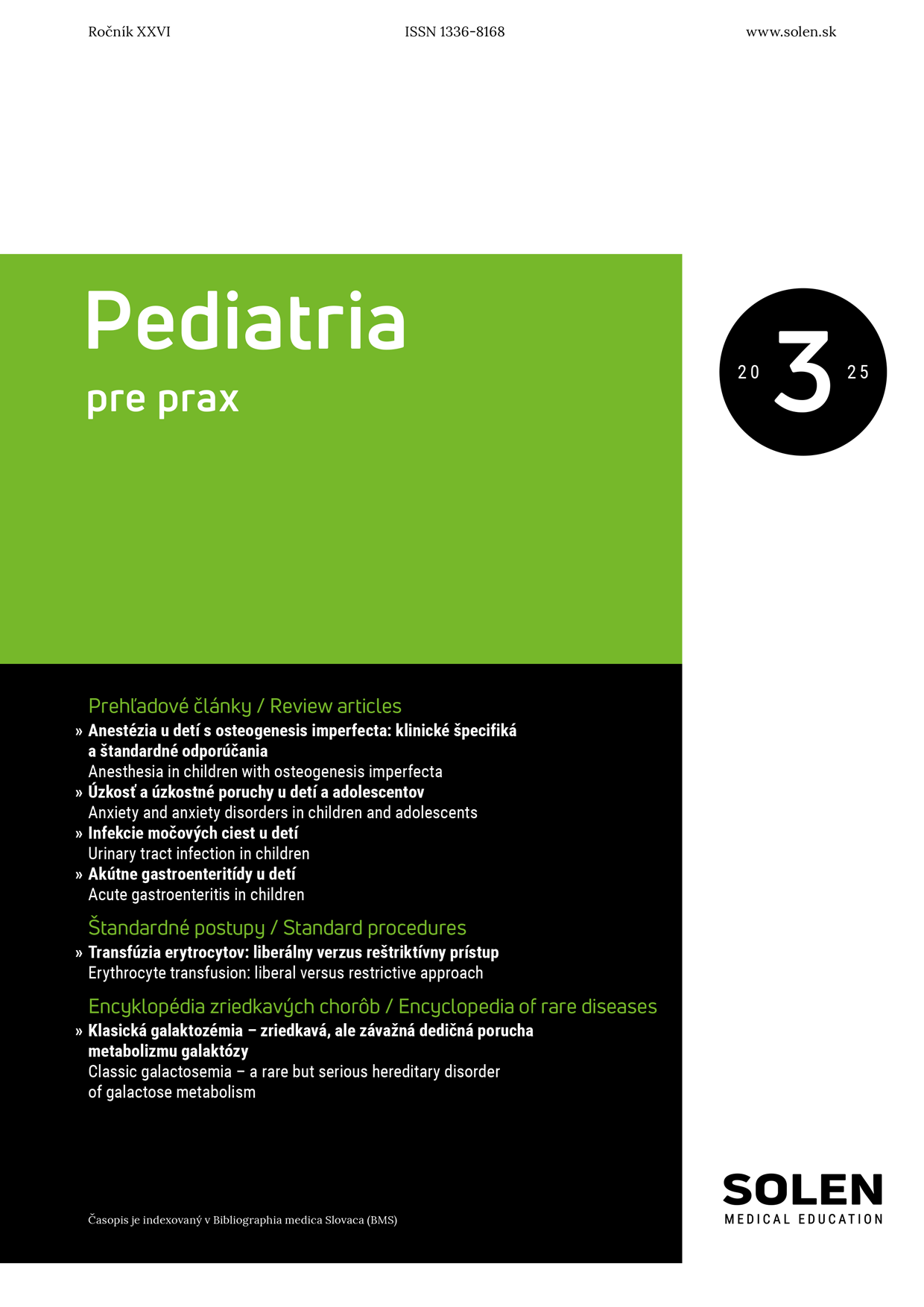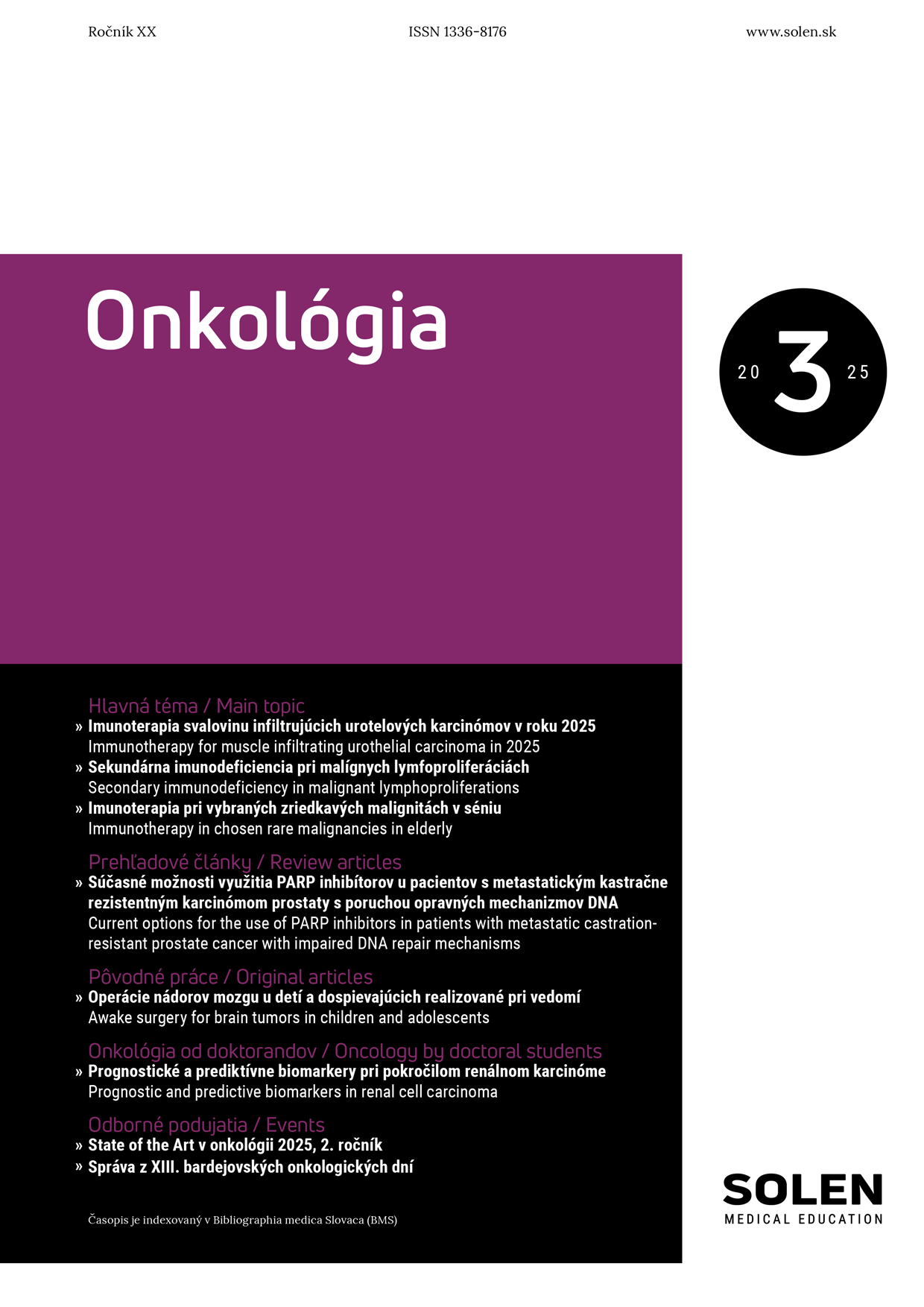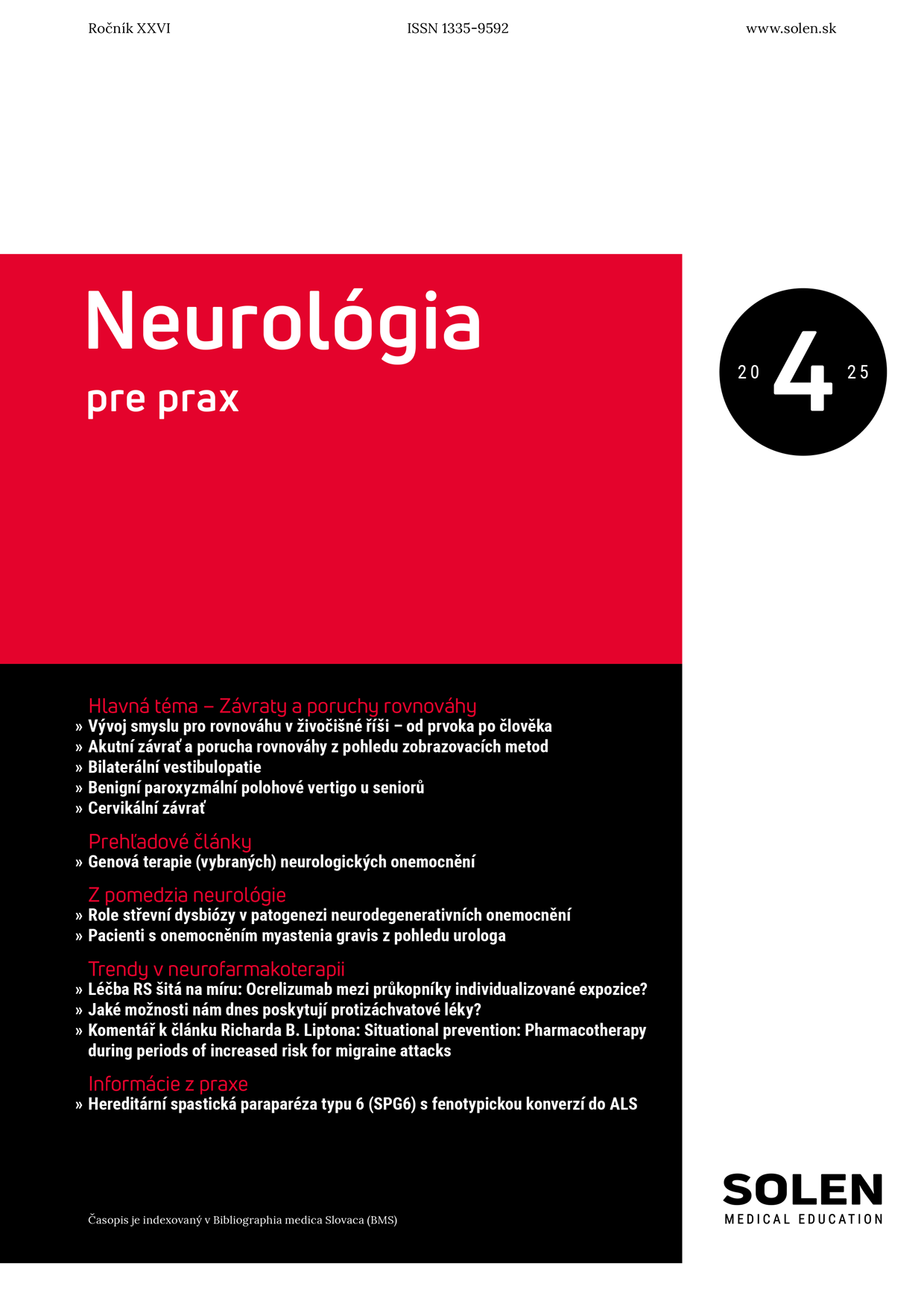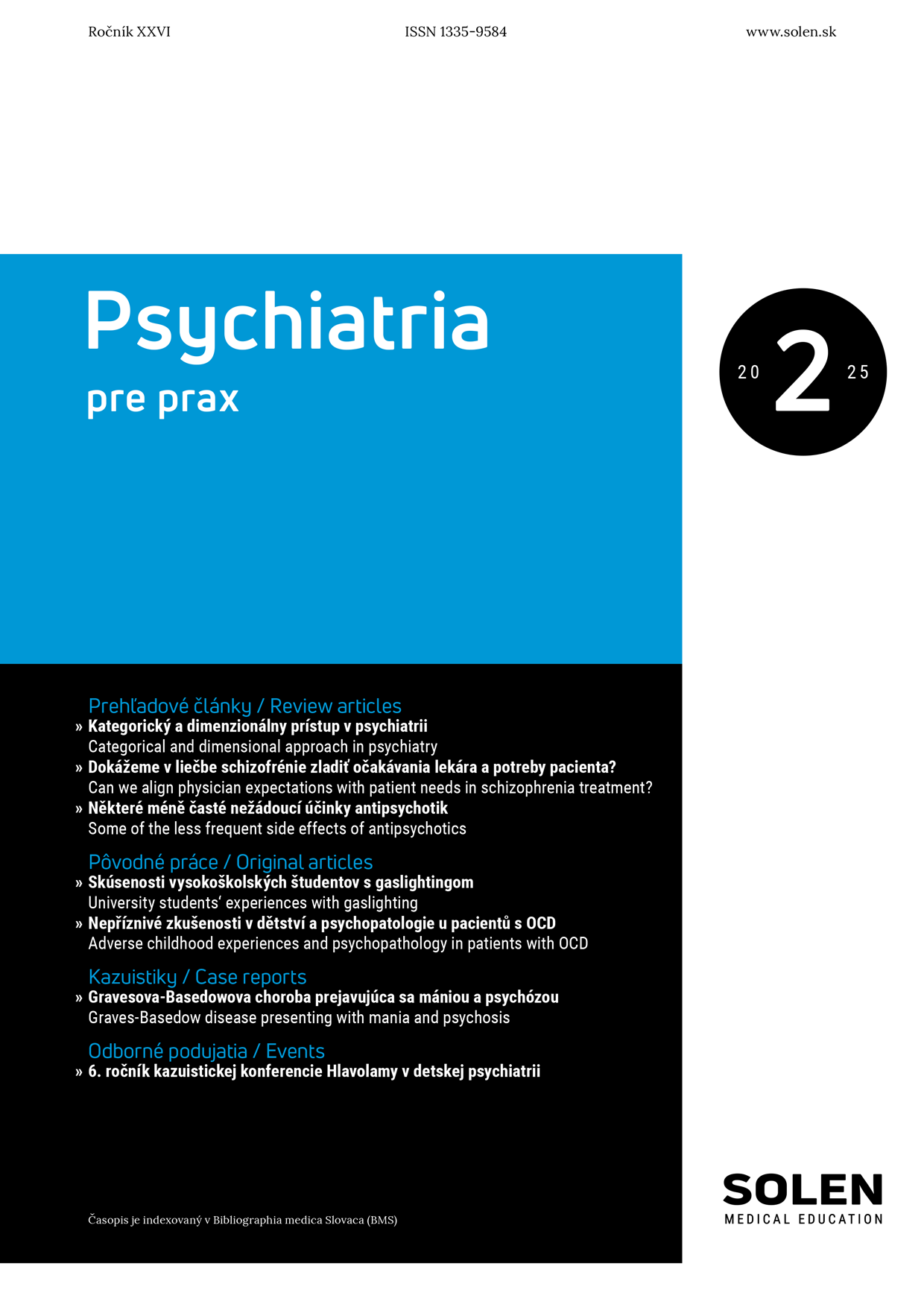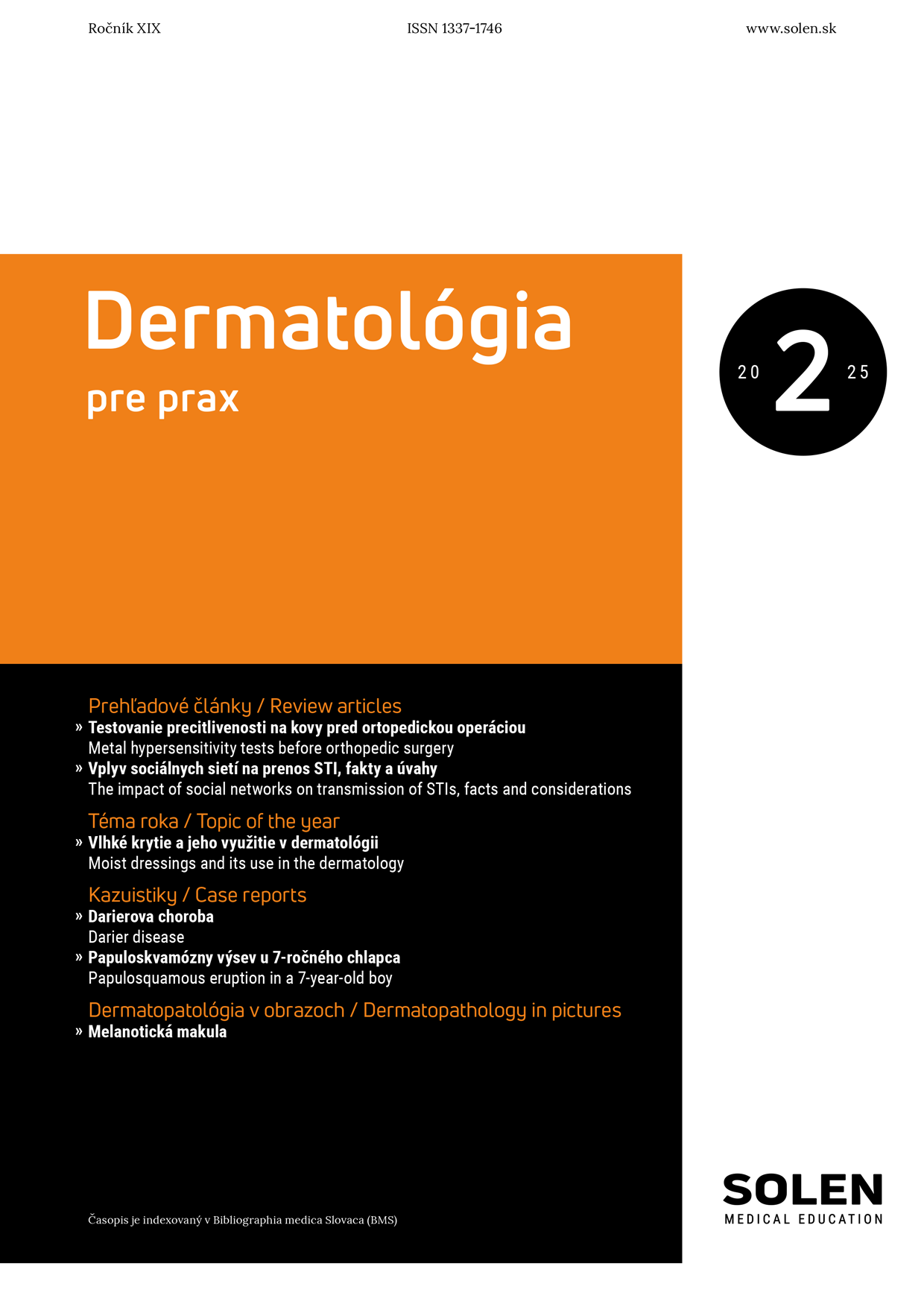Pediatria pre prax 4/2014
Practical and rational approach to the management of monosymptomatic enuresis
Nocturnal enuresis (NE) is a common condition in childhood. Aim of this article is to present a practical and rational approach to diagnosis and management NE in primary and secondary pediatric care. This approach is connected by higher efficacy and is based on consensual guidelines of the International Children’s Continence Society (ICCS), the author´s clinical experiences and discussions with leading international specialists. Enuresis can be on the basis of anamnestic and physical examination divided into monosymptomatic and non-monosymptomatic forms. In the monosymptomatic form, additional evaluation of functional bladder capacity and amount of nocturnal dieresis provide important information for rational selection of evidence based treatment modalities (enuretic alarm versus desmopressin). Non-monosymptomatic enuresis in children is usually connected with bladder dysfunction, in these cases it is suggested to start treatment of nocturnal enuresis only after the daytime complaints were solved. Analysis of non-monosymptomatic enuresis is not a topic of this article, diagnosis and treatment in these patients is in the competence of specialized enuretic centers.
Keywords: nocturnal enuresis, monosymptomatic, diagnosis, treatment.


